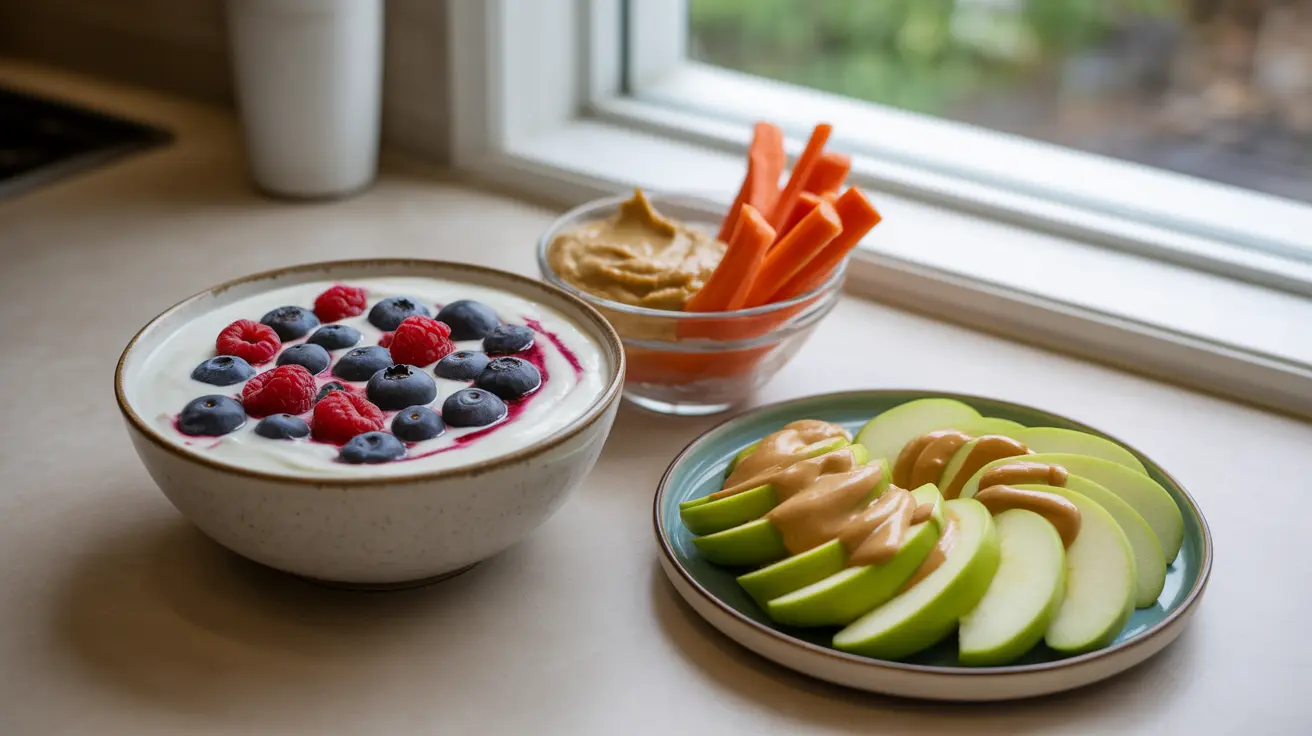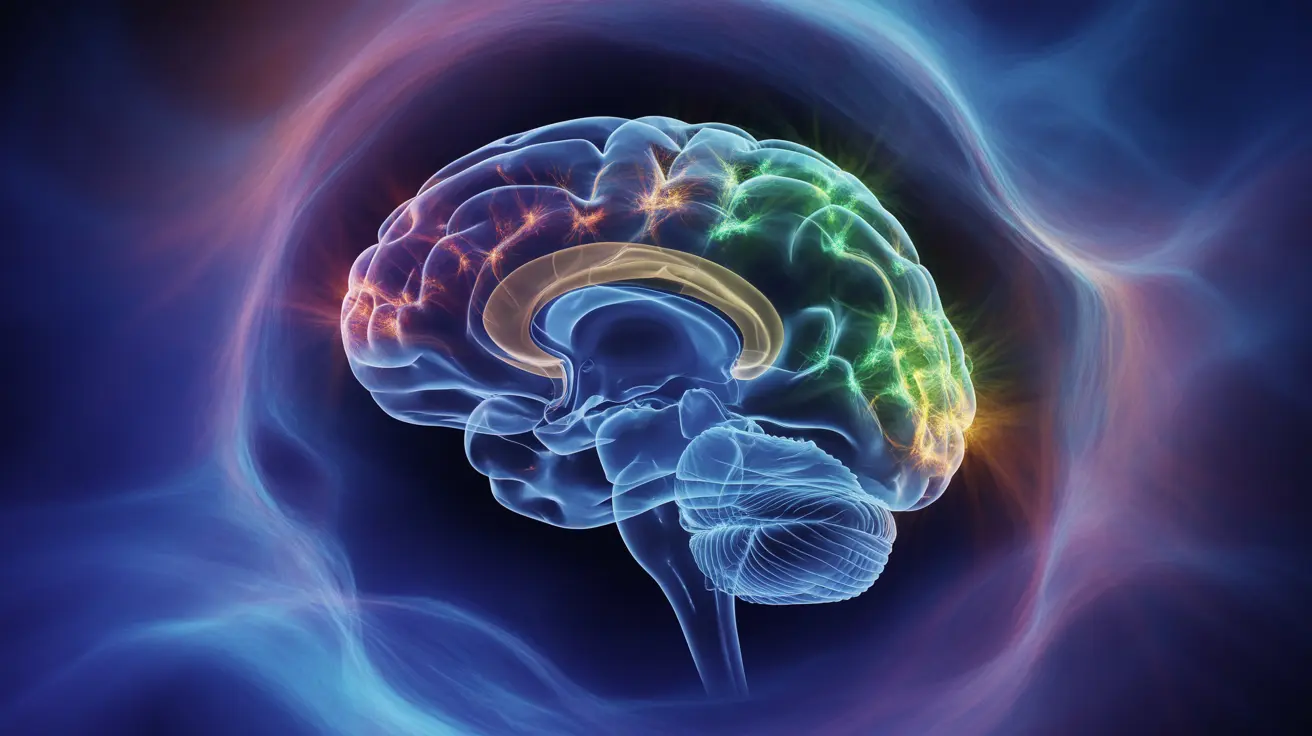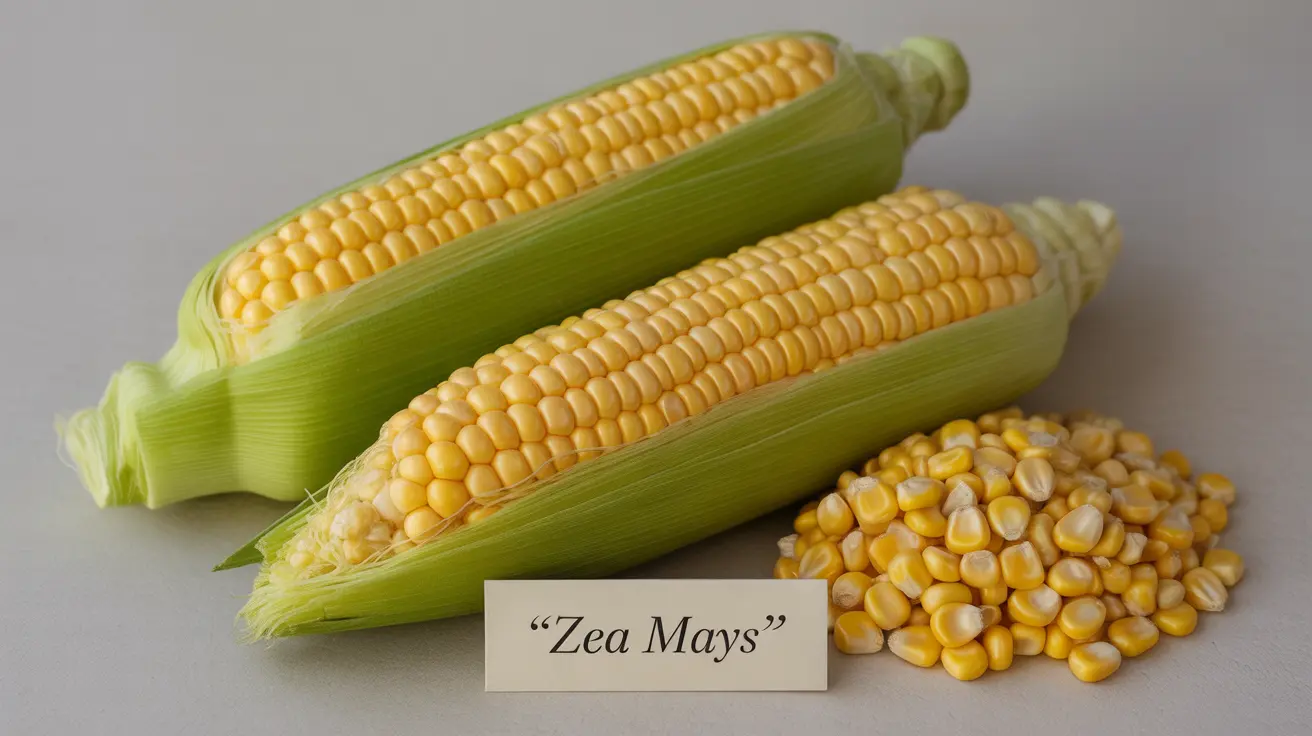In the journey of maintaining a healthy lifestyle and managing weight, selecting the right snacks can make a significant difference. Low calorie snacks that provide sustained satiety are not just about reducing food intake, but about making strategic nutritional choices that support overall wellness and hunger control.
Understanding how different foods impact our hunger, metabolism, and energy levels is crucial for developing effective eating habits. This comprehensive guide explores the science behind filling, low-calorie snacks and provides practical insights to help you make informed dietary decisions.
Understanding Satiety: The Science of Feeling Full
Feeling full isn't just about consuming food—it's about consuming the right types of food. Several key factors contribute to satiety, including protein content, fiber density, food volume, and energy density. Foods that score high in these areas can help you feel satisfied while consuming fewer calories.
Key Components of Filling Low-Calorie Snacks
- High protein content that influences hunger-regulating hormones
- Significant fiber presence to slow digestion
- Large food volume with low caloric density
- Whole, minimally processed ingredients
Top Low Calorie Snacks for Maximum Satisfaction
Protein-Packed Options
Protein is a powerhouse nutrient when it comes to hunger management. Foods like Greek yogurt, cottage cheese, and eggs provide substantial protein with minimal calories, making them excellent snack choices for those monitoring their intake.
Greek Yogurt
With approximately 15-20 grams of protein per serving and minimal calories, Greek yogurt represents an ideal low-calorie snack. Its thick texture and protein content help regulate appetite and provide sustained energy.
Fiber-Rich Alternatives
Fiber-dense foods offer another excellent strategy for managing hunger. Options like fresh fruits, vegetables, and air-popped popcorn provide volume and nutritional value without excessive calories.
Smart Fruit and Vegetable Choices
- Apple slices with a small portion of almond butter
- Carrot sticks with hummus
- Berries mixed with a small serving of cottage cheese
Nutrient-Dense Low Calorie Snacks
Some foods offer an exceptional balance of nutrients, volume, and low caloric content. Eggs, for instance, provide high-quality protein and essential nutrients while remaining relatively low in calories.
Practical Strategies for Snack Selection
Preparation Matters
How you prepare foods significantly impacts their nutritional profile and satiety potential. Opt for methods like steaming, boiling, or baking instead of frying to maintain low-calorie status while preserving nutritional integrity.
Portion Control Techniques
- Use smaller plates and bowls
- Pre-portion snacks to avoid overconsumption
- Choose nutrient-dense foods over empty-calorie options
Frequently Asked Questions
What are the best low-calorie snacks that can help keep me full for longer?
Top recommendations include Greek yogurt, hard-boiled eggs, vegetable sticks with hummus, air-popped popcorn, and fresh fruits like apples or berries. These options provide protein, fiber, and volume while remaining low in calories.
How does eating high-protein foods affect hunger and weight management?
High-protein foods stimulate the release of satiety hormones like peptide YY and GLP-1, which signal fullness to the brain. By reducing hunger and extending the time between meals, protein-rich snacks can help control overall calorie intake and support weight management goals.
Can low-calorie, high-fiber foods really help with long-term weight loss?
Yes, foods high in fiber contribute to weight loss by promoting feelings of fullness, slowing digestion, and providing fewer calories per serving. They help regulate blood sugar levels and reduce overall calorie consumption, making them valuable for sustainable weight management.
What are some easy-to-prepare, filling snack ideas for people with busy schedules?
Quick and easy options include pre-boiled eggs, Greek yogurt with berries, cut vegetables with single-serve hummus packets, protein smoothies, and a handful of nuts. These snacks require minimal preparation and can be quickly consumed during busy days.
Are there any differences in how high-protein versus high-fiber snacks affect overall calorie intake?
While both protein and fiber contribute to satiety, protein tends to have a more immediate impact on hunger hormones. High-fiber foods provide longer-lasting fullness by slowing digestion. Combining both protein and fiber in snacks offers the most comprehensive approach to managing hunger and calorie intake.
Choosing the right low-calorie snacks is about balance, nutrition, and understanding your body's needs. By focusing on whole foods rich in protein and fiber, you can create a sustainable approach to hunger management and support your overall health and wellness goals.




